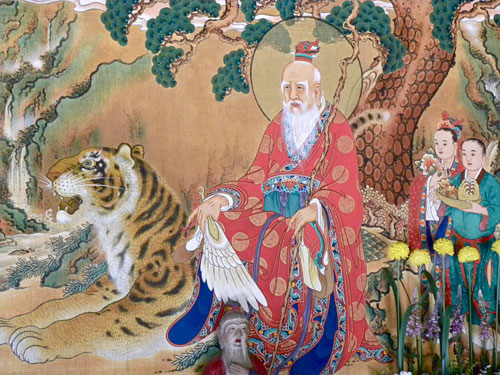
Painting of Sanshin Mountain-spirit at Odae-san Woljeong-sa
Koreans still very strongly maintain traditions as old as their culture itself, that mountains are especially holy places of communication of energies between heaven and earth. The sacred aspects of these mountains and their relationships with the human communities around them are embodied in the ideas and icons of Sanshin [Mountain-spirit]. These are patriarchal or matriarchal deities, usually depicted in royal clothing, sitting in high alpine splendor, and holding symbols of health, longevity and harmony with nature. They are always accompanied by a tiger, symbol of the powers of the wilderness. Paintings of them include Buddhist, Shamanic, Confucian, Daoist and nationalist motifs, making them uniquely multi-religious icons, and out of some 10,000 that have been painted on the peninsula for the past three centuries, no two are alike. No work of art better symbolizes and summarizes Korean culture and the intimate relationship Koreans have with their natural environment.
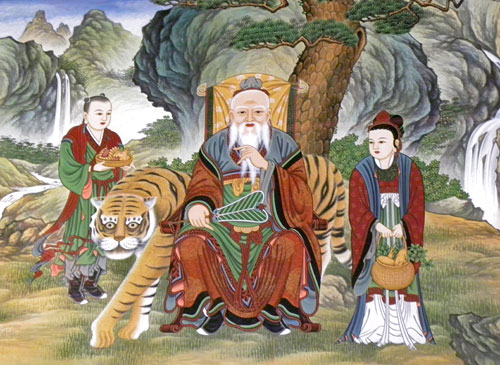
Painting of Sanshin Mountain-spirit at Taebaek-san Hyeonbul-sa
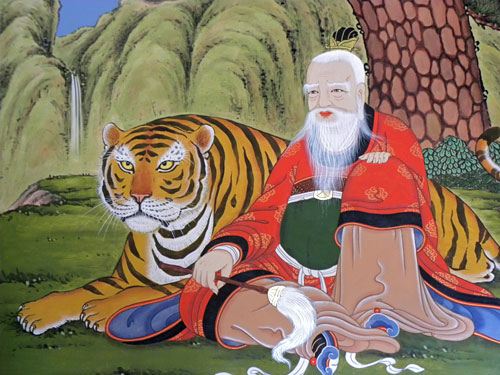
Painting of Sanshin Mountain-spirit at Taebaek-san Gakwon-sa

Painting of Sanshin Mountain-spirit at Seorak-san Shinheung-sa
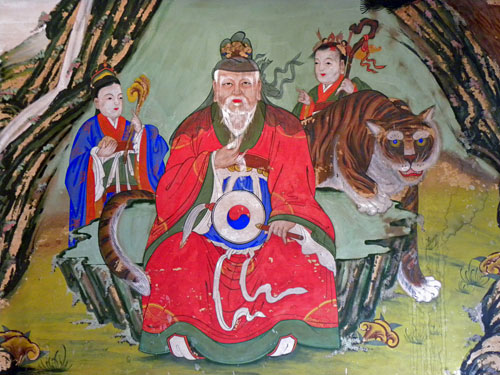
Painting of Sanshin Mountain-spirit at Sobaek-san Buseok-sa
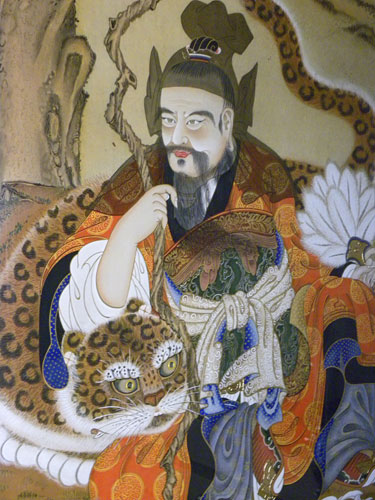
Painting of Sanshin Mountain-spirit at Jiri-san Hwaeom-sa Monastery
 Martin Gray is a cultural anthropologist, writer and photographer specializing in the study of pilgrimage traditions and sacred sites around the world. During a 40 year period he has visited more than 2000 pilgrimage places in 165 countries. The World Pilgrimage Guide at sacredsites.com is the most comprehensive source of information on this subject.
Martin Gray is a cultural anthropologist, writer and photographer specializing in the study of pilgrimage traditions and sacred sites around the world. During a 40 year period he has visited more than 2000 pilgrimage places in 165 countries. The World Pilgrimage Guide at sacredsites.com is the most comprehensive source of information on this subject.For information about traveling to Korean sacred sites, contact Roger Shepherd.